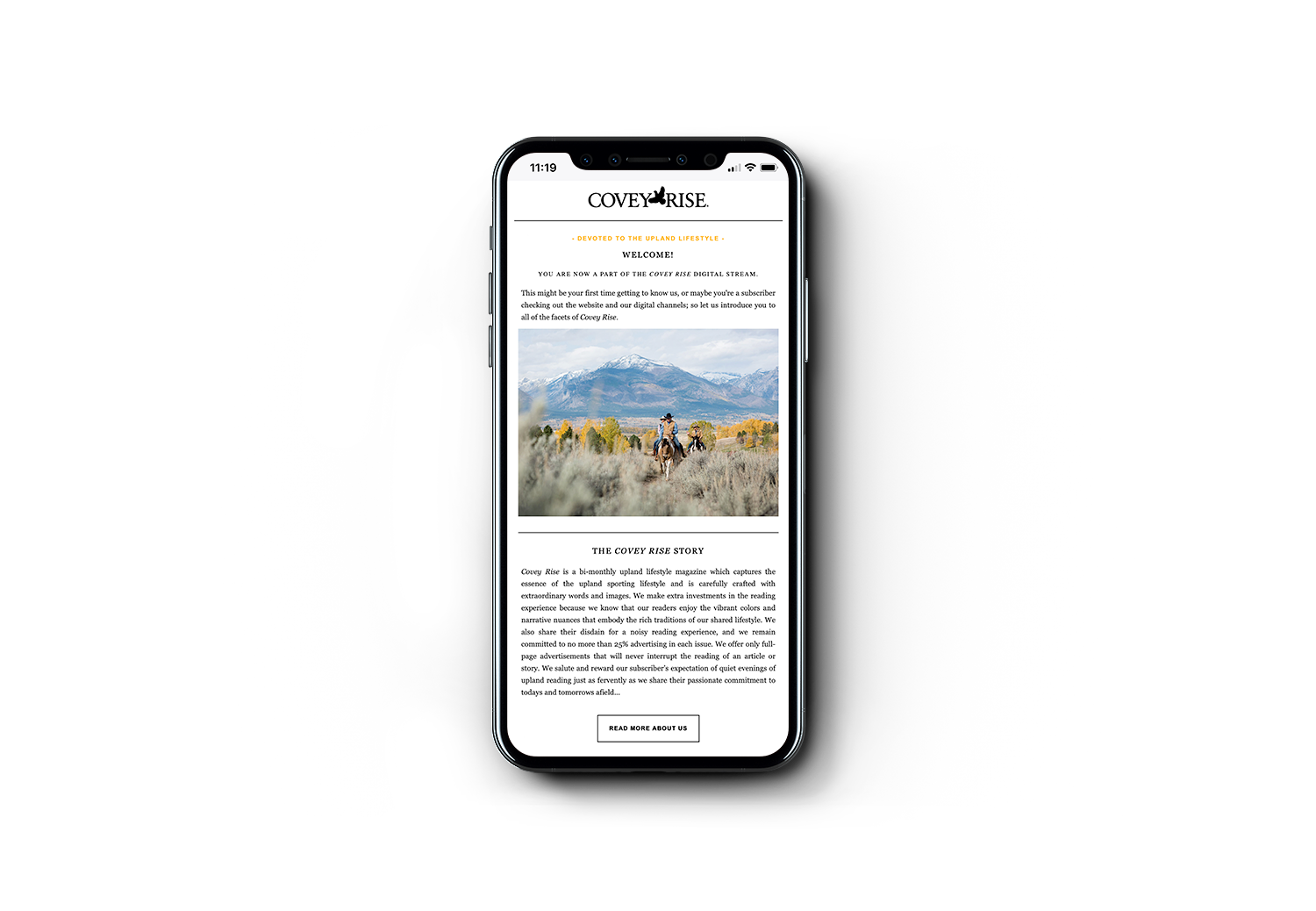In the last two issues, we’ve examined gastric bloat and torsion, hypoglycemia, hypothermia, and heat stroke. In the last part of this special series, we’ll look at poisoning.
At 14 months, German shorthair Geena was amazing—not only for her excellent hunting skills, but also because she could sit on the front seat of a car with an unwrapped chocolate éclair on the dashboard and not wolf it down. Her owner, Andy Baker, says he could set down a juicy T-bone steak, leave the room, and Geena would not go near it. Who would have guessed that a capped bottle of antifreeze would prove irresistible to such a dog?
While helping a friend work on his truck, Andy made a quick trip to the store for a gallon of antifreeze, which he set on the backseat of the car. Geena always rode along with Andy and liked to hang out in his car. Shortly after returning to his friend’s garage, Andy discovered the bottle had its cap chewed off and the seal broken. “Geena has a nasty habit of taking caps off bottles quicker than spit,” Andy says. “I made the stupid mistake of not putting the bottle in the trunk. Knowing what antifreeze does to animals, I just about panicked.”




